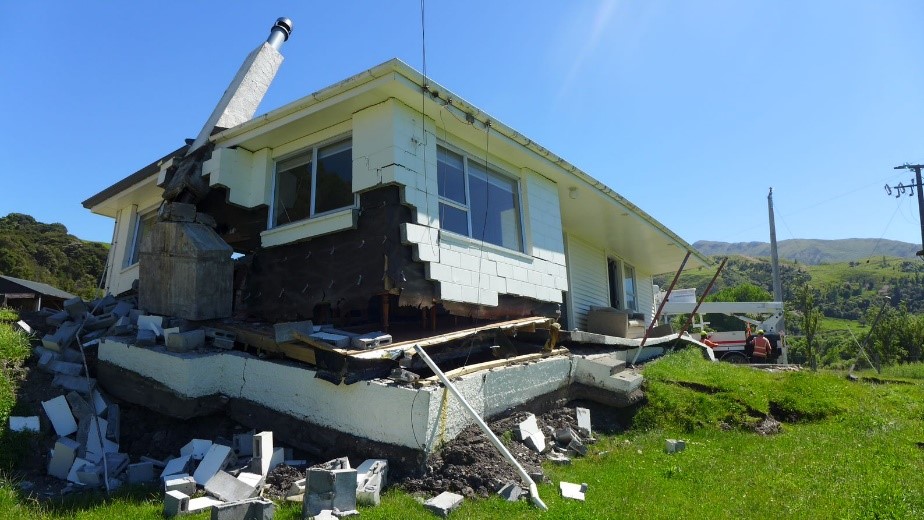
Kaikōura – The 2016 magnitude 7.8 Kaikōura earthquake on November 14 caused severe damage and disruption in the Kaikōura, North Canterbury, Marlborough, and Wellington regions.
It was an event that triggered a change in the way EQC responded to natural disasters. The Earthquake Commission (EQC) says it is now set up to respond to future natural disasters.
Every natural disaster is different, and every community impacted by a disaster has different needs. The Canterbury earthquakes in 2010-2011 proved that despite best efforts, EQC was not as well equipped as we could have been to deal with a natural disaster event of that size and scale.
As an organisation they were accustomed to dealing with around 4000 active claims per year, but now faced an overwhelming 450,000 active claims from that earthquake sequence.
The reality is EQC struggled to cope under this strain. For Canterbury customers, whose lives were turned upside down, the EQC response added a lot of unnecessary complexities and angst to what was already a stressful time.
When the Kaikōura earthquake occurred, EQC embraced the opportunity to adapt their delivery. The Kaikōura earthquake had some similarities to the Canterbury earthquake sequence.
EQC received almost 40,000 residential building, land and contents claims for the Kaikoura quake.
There’s no doubt that Kaikōura was a big job. We needed to work closely with insurer partners to support an effective approach and ensure their customers received the best possible outcomes. The forging of the partnership and the camaraderie across the industry helped us work through the challenges we faced together.
As an output 75 percent of customers were satisfied with the claims process, and that in the first year alone 80 percent of claims were settled and closed, with less than five percent reopened.
The 2020 public inquiry into EQC identified areas that had to change and part of this was around developing one point of contact for customers.
EQC invests about $20 million a year in research and education to improve their understanding of natural hazards and reduce its impact.



